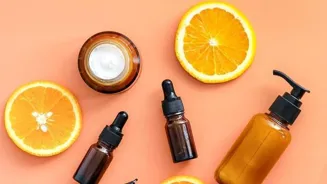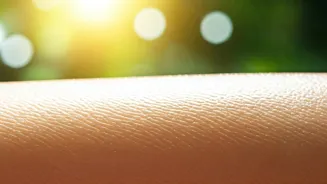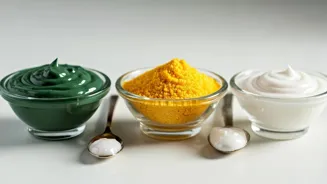Unlock Radiant Skin: 10 Essential Skincare Products for Indian Tones & Concerns! Dive in for a glowing journey!
Namaste, lovely readers! Feeling a bit lost in the overwhelming world of skincare? Don't worry,
we've all been there! With so many products promising flawless skin, it's easy to get confused about what you really need. But fear not!
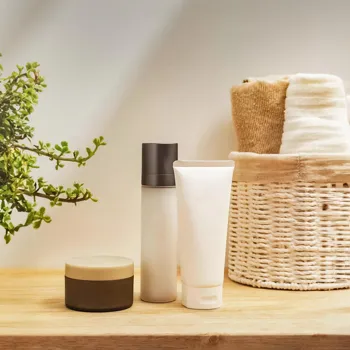
This article will guide you through the essential products for a complete, effective, and easy-to-follow skincare routine. Think of it as your personal roadmap to radiant and healthy skin, tailored for Indian skin tones and concerns. So, ditch the confusion and get ready to glow! Let's dive in!
Gentle Cleanser: The Foundation of Healthy Skin
The first step in any good skincare routine is, undoubtedly, cleansing. Think of your skin as a canvas – you wouldn't start painting on a dirty one, would you? A cleanser removes dirt, oil, pollution, and makeup that accumulates throughout the day (and even overnight!).
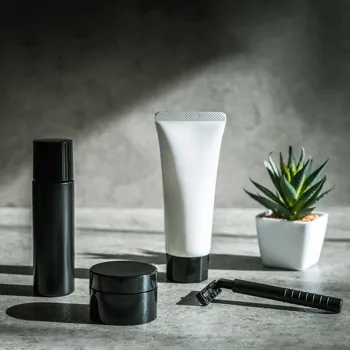
Skipping this step means all that grime stays put, clogging your pores and potentially leading to breakouts, dullness, and other skin issues. But not just any cleanser will do. Harsh soaps can strip your skin of its natural oils, leaving it feeling dry, tight, and irritated.
This is especially true for those with dry or sensitive skin. Look for a gentle, pH-balanced cleanser that's specifically formulated for your skin type. If you have oily skin, a foaming cleanser might be a good choice. Dry skin types might prefer a cream or oil-based cleanser. Sensitive skin?
Opt for fragrance-free and hypoallergenic options. Remember, cleansing should leave your skin feeling clean and refreshed, not stripped or uncomfortable. Always cleanse twice a day – once in the morning and once at night – for optimal results.
Don't scrub too hard; gentle circular motions are all you need to effectively remove impurities. Pat your skin dry with a soft towel instead of rubbing, and you're ready for the next step!
Exfoliator: Unveiling Your Inner Radiance
Exfoliation is the secret weapon to unlocking truly radiant skin. Our skin naturally sheds dead skin cells in a process called cell turnover. However, as we age or due to environmental factors, this process can slow down, leading to a buildup of dead skin cells on the surface.
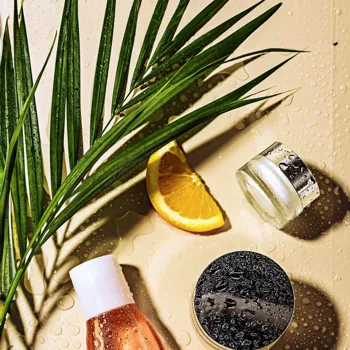
This buildup can cause dullness, uneven texture, clogged pores, and even make it harder for your other skincare products to penetrate effectively. Exfoliation helps to remove these dead skin cells, revealing the fresh, healthy skin underneath.
There are two main types of exfoliants: physical and chemical. Physical exfoliants include scrubs with tiny beads or granules that manually buff away dead skin cells.
Chemical exfoliants, on the other hand, use acids like AHAs (alpha-hydroxy acids) or BHAs (beta-hydroxy acids) to dissolve the bonds between dead skin cells.
AHAs are great for improving skin texture and reducing the appearance of fine lines, while BHAs are particularly effective for oily and acne-prone skin as they can penetrate deep into pores to unclog them.
How often you should exfoliate depends on your skin type and the type of exfoliant you're using. Generally, exfoliating 1-3 times a week is a good starting point. Over-exfoliating can damage your skin, so listen to your skin and adjust accordingly.
If you're new to chemical exfoliants, start with a lower concentration and gradually increase as your skin tolerates it. Remember to always follow up with a moisturizer and sunscreen after exfoliating, as your skin will be more sensitive to the sun.
Toner: Balancing Act for Your Skin
Toners often get overlooked in skincare routines, but they can be a valuable addition, especially if you have oily or acne-prone skin. Toners are designed to balance your skin's pH level after cleansing, helping to prepare it for the absorption of other products.
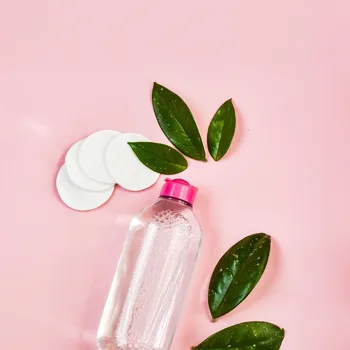
They can also help to remove any lingering traces of cleanser, makeup, or impurities. However, not all toners are created equal. Traditional toners often contained alcohol, which could be drying and irritating, especially for sensitive skin.
These days, toners are formulated with beneficial ingredients like hydrating humectants (like hyaluronic acid), soothing botanicals (like rosewater or aloe vera), and exfoliating acids (like glycolic or salicylic acid).
Look for a toner that's specifically formulated for your skin type and concerns. If you have oily skin, a toner with salicylic acid can help to control oil production and prevent breakouts. Dry skin types might benefit from a hydrating toner with hyaluronic acid or rosewater.
To use a toner, simply apply a small amount to a cotton pad and gently swipe it across your face after cleansing. Avoid the eye area. You can also pour the toner directly into your palms and pat it onto your skin. Allow the toner to fully absorb before moving on to the next step in your routine.
Whether or not you choose to use a toner is ultimately a personal preference, but if you're looking to balance your skin's pH, remove any remaining impurities, or deliver specific skincare benefits, a toner might be worth considering.
Serum: Concentrated Power for Targeted Concerns
Serums are the workhorses of any effective skincare routine. These lightweight, highly concentrated formulas are packed with potent ingredients designed to target specific skin concerns. Think of serums as boosters that deliver a powerful dose of active ingredients deep into your skin.
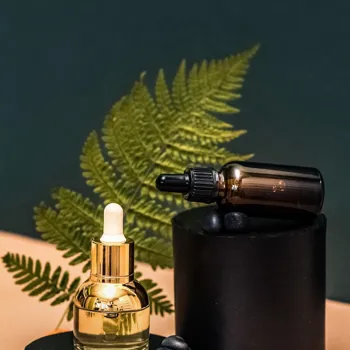
Because of their small molecular size, serums can penetrate the skin more effectively than heavier creams or lotions. This allows them to address a wide range of concerns, from fine lines and wrinkles to hyperpigmentation and acne. There's a serum for almost every skincare need!
Vitamin C serums are popular for brightening the skin and protecting against free radical damage. Hyaluronic acid serums are excellent for hydrating and plumping the skin. Retinol serums are known for their anti-aging benefits, helping to reduce the appearance of wrinkles and improve skin texture.
Niacinamide serums can help to control oil production, minimize pores, and reduce redness. When choosing a serum, consider your primary skin concerns and look for ingredients that are known to address those concerns. Apply serums after cleansing and toning, but before moisturizing.
A few drops are usually all you need to cover your entire face. Gently pat the serum into your skin and allow it to fully absorb before applying your moisturizer.
Eye Cream: Treating the Delicate Eye Area
The skin around your eyes is the thinnest and most delicate on your face, making it more susceptible to signs of aging, dryness, and dark circles. That's why it's important to give this area some extra TLC with a dedicated eye cream.
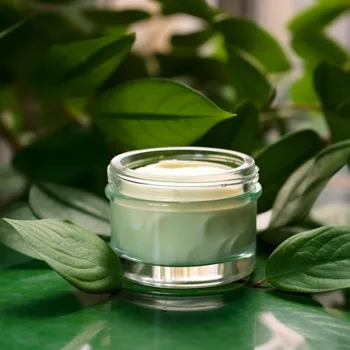
Eye creams are specifically formulated to address the unique concerns of the eye area, such as fine lines, wrinkles, puffiness, and dark circles. They're typically lighter in texture than face creams to avoid weighing down the delicate skin around the eyes.
Many eye creams contain ingredients like retinol, peptides, vitamin C, and hyaluronic acid to target specific concerns. Retinol can help to reduce the appearance of fine lines and wrinkles. Peptides can help to boost collagen production.
Vitamin C can brighten the skin and protect against free radical damage. Hyaluronic acid can hydrate and plump the skin. When choosing an eye cream, consider your primary concerns. Apply eye cream after cleansing, toning, and applying your serum, but before moisturizing your face.
Gently apply a small amount of eye cream to the orbital bone (the bony area around your eye socket) using your ring finger. Avoid getting the cream directly into your eyes. Gently pat the cream into your skin until it's fully absorbed.
Moisturizer: Hydration is Key
Moisturizing is a non-negotiable step in any skincare routine, regardless of your skin type. Even oily skin needs hydration! A moisturizer helps to replenish and lock in moisture, keeping your skin soft, supple, and healthy.
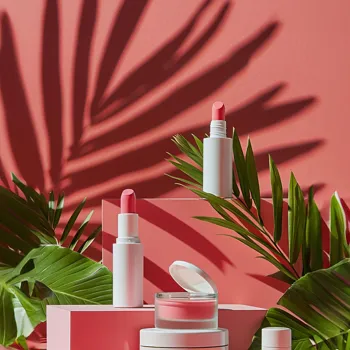
When your skin is properly hydrated, it functions at its best, which can help to reduce the appearance of fine lines and wrinkles, improve skin texture, and even prevent breakouts. There are many different types of moisturizers available, from lightweight lotions to richer creams.
The best moisturizer for you will depend on your skin type. If you have oily skin, look for a lightweight, oil-free moisturizer. Dry skin types will benefit from a richer, more emollient cream. Combination skin can often use a lightweight lotion in the morning and a slightly richer cream at night.
Look for moisturizers that contain hydrating ingredients like hyaluronic acid, glycerin, and ceramides. These ingredients help to attract and retain moisture in the skin. Apply moisturizer after cleansing, toning, applying serum, and applying eye cream.
Gently massage the moisturizer into your skin until it's fully absorbed. Don't forget to moisturize your neck and décolletage as well!
Sunscreen: Your Daily Shield Against Damage
Sunscreen is arguably the most important step in your skincare routine. Sun exposure is the leading cause of premature aging, wrinkles, sunspots, and even skin cancer. Wearing sunscreen every day, even on cloudy days, is essential for protecting your skin from these harmful effects.
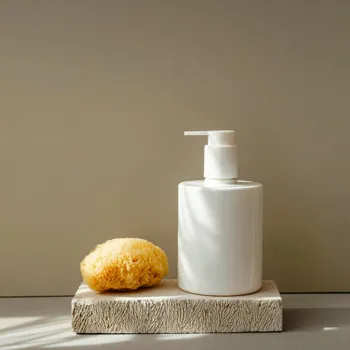
Choose a broad-spectrum sunscreen with an SPF of 30 or higher. Broad-spectrum means that the sunscreen protects against both UVA and UVB rays.
Look for sunscreens that contain zinc oxide or titanium dioxide, as these minerals provide broad-spectrum protection and are less likely to irritate sensitive skin. Apply sunscreen liberally to all exposed areas of your skin, including your face, neck, ears, and hands.
Apply sunscreen 15-20 minutes before sun exposure. Reapply sunscreen every two hours, or more often if you're sweating or swimming. Don't forget to reapply even on cloudy days! Make sunscreen a daily habit, and your skin will thank you for it.
Lip Balm: Say Goodbye to Chapped Lips
Our lips are often overlooked when it comes to skincare, but they need just as much attention as the rest of our face. The skin on our lips is thin and delicate, making it prone to dryness, chapping, and sunburn. A good lip balm can help to keep your lips hydrated, protected, and healthy.
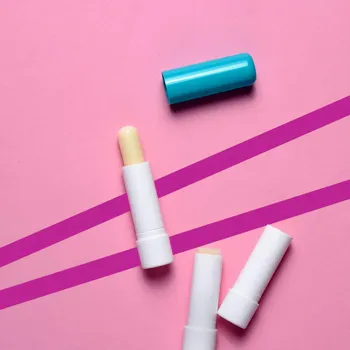
Look for lip balms that contain moisturizing ingredients like beeswax, shea butter, coconut oil, or vitamin E. These ingredients help to lock in moisture and protect your lips from the elements.
Avoid lip balms that contain ingredients like menthol or camphor, as these can actually dry out your lips over time. Apply lip balm liberally throughout the day, especially before going outside or before bed.
You can also use a lip scrub once or twice a week to gently exfoliate your lips and remove any dead skin cells. Just like the rest of your skin, your lips need sun protection too. Look for lip balms that contain SPF to protect your lips from sun damage.
Face Mask: The Perfect Pampering Treat
Face masks are a fun and effective way to give your skin a boost of hydration, nourishment, or purification. They're like a mini facial that you can do at home. There are many different types of face masks available, each designed to address specific skin concerns.
Clay masks are great for oily and acne-prone skin as they help to absorb excess oil and unclog pores. Hydrating masks are perfect for dry skin as they deliver a surge of moisture. Exfoliating masks can help to remove dead skin cells and improve skin texture.
Brightening masks can help to even out skin tone and reduce hyperpigmentation. Choose a mask that's specifically formulated for your skin type and concerns. Follow the instructions on the packaging for how long to leave the mask on.
After removing the mask, rinse your face with water and follow up with your regular skincare routine.
Spot Treatment: Targeting Pesky Breakouts
Despite our best efforts, breakouts can still happen. That's where spot treatments come in handy. Spot treatments are designed to target individual pimples and blemishes, helping to reduce inflammation, kill bacteria, and speed up healing.
Look for spot treatments that contain ingredients like benzoyl peroxide, salicylic acid, or tea tree oil. These ingredients are known for their acne-fighting properties. Apply spot treatment directly to the affected area after cleansing, toning, and moisturizing.
Use a cotton swab to apply the spot treatment to avoid spreading bacteria. Only use spot treatments on active breakouts; avoid applying them to clear skin.
So there you have it – 10 must-have products for a complete skincare routine! Remember, consistency is key.
Stick to your routine, and you'll start to see a noticeable difference in your skin's health and appearance. Happy glowing!
AI Generated Content. Glance/InMobi shall have no liability for the content